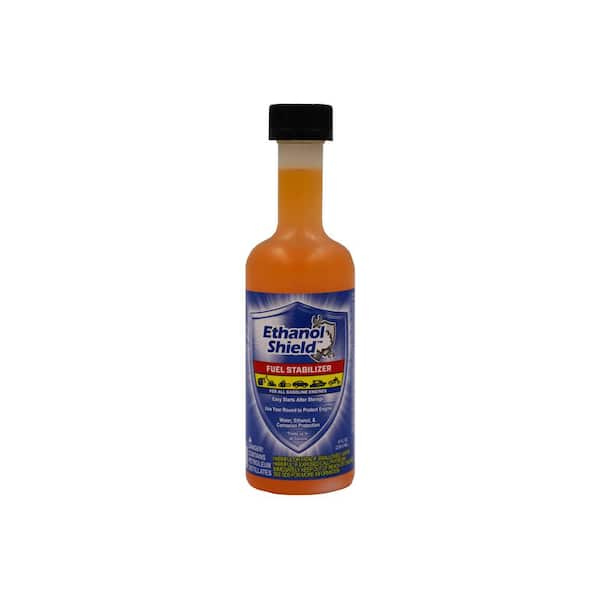
$9.08
- Year-round fuel stabilizer helps keep fuel fresh
- Easy starts all year and after storage
- Water, ethanol, and corrosion protection for all gasoline engines
- View More Details
Free & Easy Returns In Store or Online
Return this item within 90 days of purchase.























